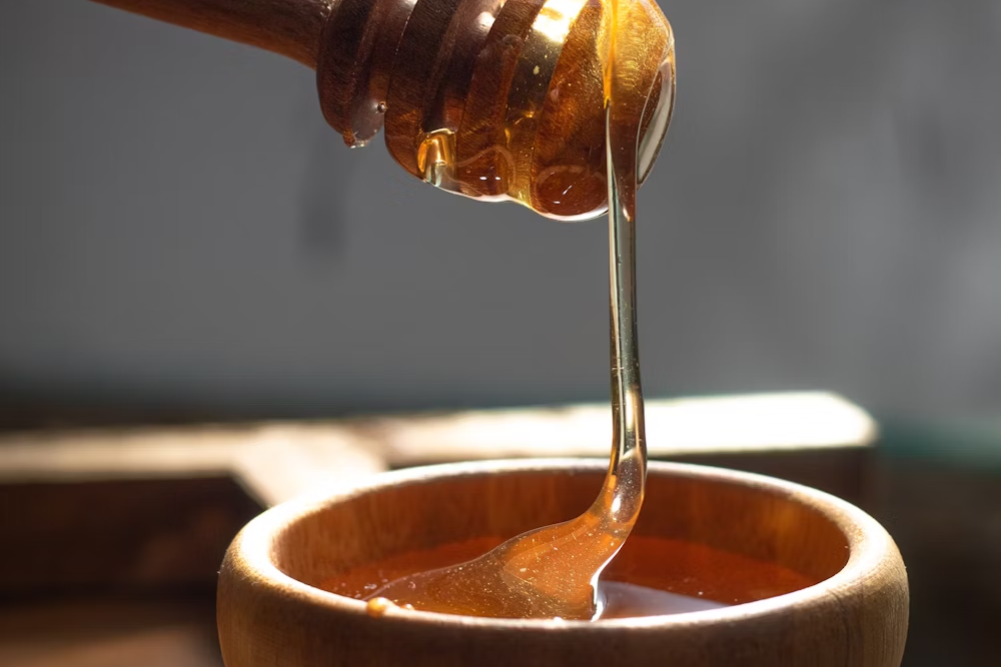Learn what pratyahara, a form of sense withdrawal is
They say that these days, we’re living in the attention economy. From all angles, it seems, our attention is being courted and fought over by advertising and marketing teams, businesses, streaming services, the 24-hour news cycle and social media. There is music playing while we eat and talk to friends in our favourite cafe; smartphone alerts pinging while we watch an apparently absorbing TV show. The world has become a feast of sensory stimulation (though often not the nourishing kind of feast).
With so much information coming in, it can be hard to separate the signal from the noise. Pratyahara, the fifth limb in Patanjali’s eight-limb (or ashtanga) system of yoga, may offer some reprieve. Pratyahara is usually translated as “withdrawal of the senses” and involves the practice of temporarily closing off the senses and retreating into oneself. It’s a process often likened to a turtle withdrawing into its shell, from where it’s dimly aware of the outside world, but focused primarily on the universe within its shell.
“Most of us know this state; when you’re in it, you feel like you’re at the bottom of a well,” wrote Judith Hanson Lasater in Yoga Journal. “You register the sounds that occur around you, for example, but these sounds do not create disturbance in your body or mind. It is this state of nonreaction that I am calling pratyahara.”
Pratyahara appears after the yamas (personal ethics), niyamas (personal practices), asana (yoga postures) and pranayama (breath control), and before dharana (concentration) and dhyana (meditation) — the idea being that we must first learn how to withdraw into ourselves if we are going to meditate successfully. In the same way that the senses act as a bridge between our inner and outer worlds, pratyahara is the connection between the more earthly, everyday, outward-focused aspects of yoga (the first four limbs) and the more spiritual, inward-focused limbs that come later. Pratyahara is the bridge we walk on our journey inwards.
In his interpretation of the Yoga Sutras, Sri Swami Satchidananda echoes the Bhagavad Gita’s description of the five senses as horses that we must learn to control, lest they race off ahead, dragging us passively behind them. “We must have good rein over these turbulent senses,” he wrote. In other words, our senses are useful in helping us move through the world, but we can easily become driven by them and, in the process, disconnected from ourselves.
Like many of the ancient texts, this lesson is probably more relevant and needed today than it was when it was written 2000 years ago. Think of how much harder it would be to meditate in the morning if you read the news, called a friend and scrolled through your social media feed beforehand. It’s a little like biting off more than we can chew, and the result is a kind of mental indigestion. Or, to mix metaphors, the more we subject ourselves to sensory overload, the more churned up becomes the dust of our inner landscape and the more difficult it is to meditate.
This might explain why so many people give up meditation, exasperated by their inability to stop thoughts and urges from pulling them in myriad directions. Withdrawing from the world helps to create an inner atmosphere of stillness that is more conducive to meditation. If we’re able to remain in the world but not of this world, as the oft-quoted expression goes, then we can live without being bombarded and overloaded by the constant stream of information coming from outside.
Of course, pratyahara is not just about tuning out from the world: it’s about tuning into our own internal ones. Satchidananda’s interpretation of the Sutras describes pratyahara as an “inward flow of senses”, which reminds us that this practice activates our inner space — like switching on the lights in a house. What if we relate to pratyahara not as an exercise in austerity, but as a luxurious gift — an opportunity to visit a place we seldom get to enjoy?
When we turn inwards, we also become more familiar with what it is that we genuinely think, feel and know without being pulled by the influences of the outside world. How often do we reach outwards for answers, reassurance or validation, polling the people around us or recruiting the internet when trying to make a decision? How frequently are we swayed by what the person next to us is doing — in an asana class or in life? And what difference would it make if we shut out the noise and turned inwards instead?
Obviously, we wouldn’t want to exist in a state of pratyahara all the time — the sensory world is a wondrous one, and there is a huge amount of joy to be experienced while listening to birdsong, tasting a home-cooked meal and feeling the sun’s early-morning rays on your skin. Ultimately, pratyahara allows us to shift between being present with our sensory interactions, and withdrawing so we don’t become dominated by them.]
Practising pratyahara
There are countless opportunities every day to cultivate the art of pratyahara. Starting the day with as little sensory stimuli as possible is one. This might involve leaving your phone on “flight mode” and refraining from listening to or reading materials for as long as possible — at least until after you’ve meditated. Journalling can be a great way to continue to explore the inner world while allowing minimal sensory input.
You can easily play with pratyahara while in savasana by letting the outside world fade into the background, but you can also bring the essence of pratyahara into any asana pose by withdrawing into yourself (while still registering the teacher’s words, if in a led class). Practices such as yin and restorative, where the eyes are mostly closed, can also be helpful in fostering an internal focus.
Shanmukhi-mudra is another means of — quite literally — withdrawing the senses. To practise, close your eyes and place your index fingers gently over the eyes. Use the thumbs to gently close the ears, then inhale and close the nostrils with the middle fingers. The ring fingers will rest above your lips and your pinky fingers below the mouth. Hold the breath briefly before releasing and exhaling.








